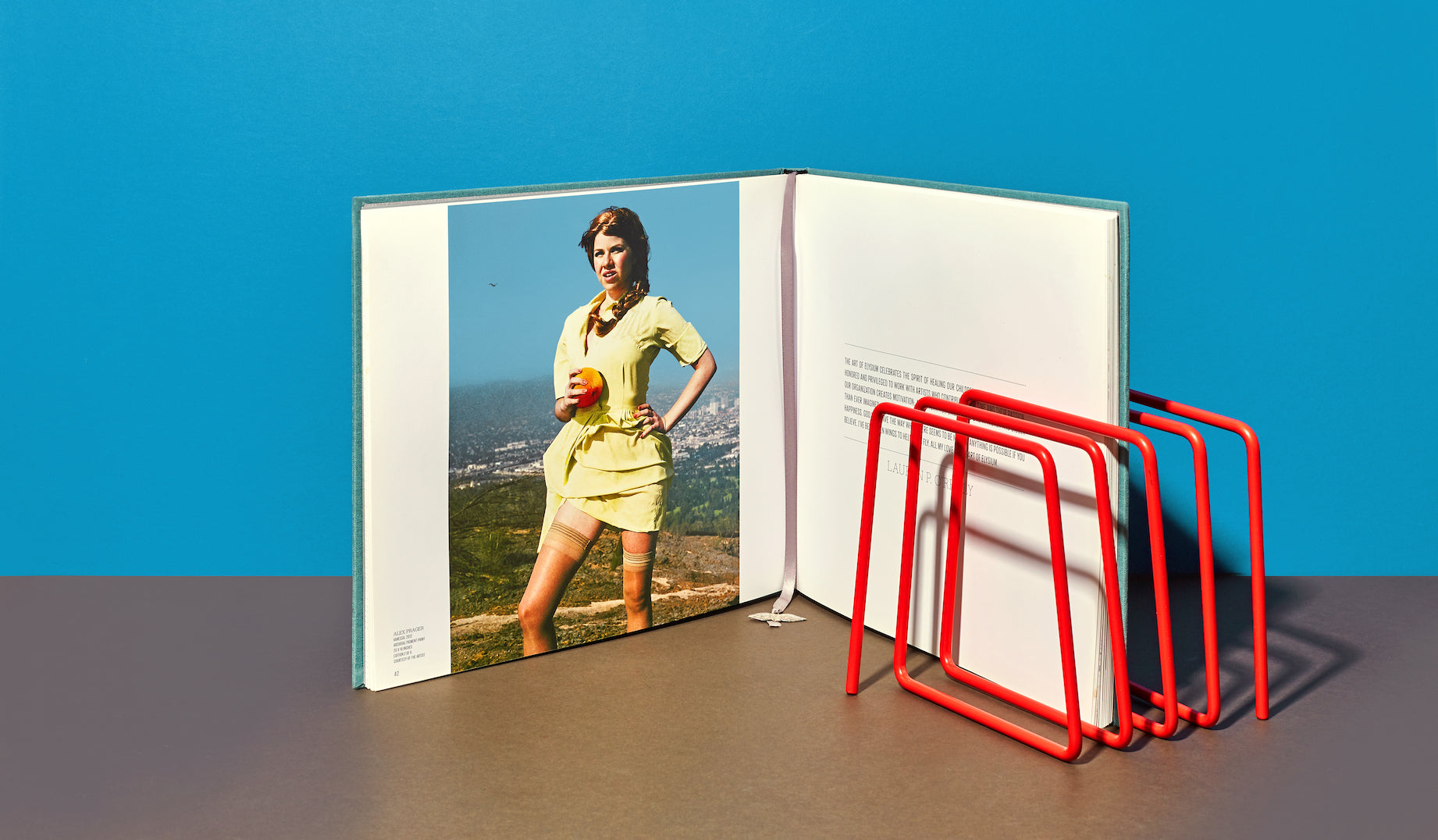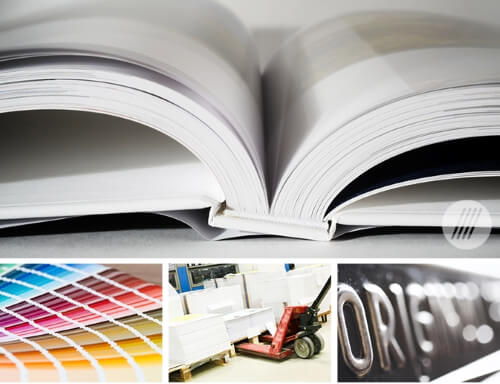The Key Details Behind Successful art book Projects
The Key Details Behind Successful art book Projects
Blog Article
Discover the Crucial Overview to Art Book Printing for Aspiring Artists and Publishers
As an ambitious musician or publisher, recognizing the subtleties of art book printing is essential to bringing your vision to life. What are the crucial components you should concentrate on to create a sensational art book that genuinely represents your job?
Recognizing Various Kinds Of Art Books
When you plunge into the globe of art publications, you'll quickly find that they can be found in various forms, each customized to various creative expressions and target markets. Coffee table books frequently display sensational visuals, ideal for informal browsing, while monographs dive deep right into a specific artist's work, supplying context and understandings. If you want details art movements, event directories offer comprehensive documentation of programs, featuring essays and critiques.
For instructional objectives, art handbooks and technique books guide you with different mediums and styles, making them vital for aiming musicians. Each layout offers its function, and knowing their differences can improve your art book trip.
Selecting the Right Paper and Materials
Picking the best paper and materials can considerably impact the total top quality and feeling of your art book. For dynamic shades and complex details, choose for a glossy finish or a heavyweight matte paper that boosts aesthetic depth.
Think of the weight of the paper, too. Thicker options typically lend a more expert look, while lighter documents can decrease printing expenses. Don't neglect regarding the binding products; a tough cover can shield your pages and include in the book's visual.
Ultimately, take into consideration sustainability. Environmentally friendly options are gaining appeal and can reflect your values as a musician. By meticulously selecting your paper and materials, you'll ensure that your art book not just looks excellent but additionally feels unique in the hands of your readers.

Choosing the very best Printing Techniques
When it pertains to publishing your art book, selecting in between countered and electronic printing can significantly influence your end product. You'll additionally intend to consider just how paper high quality impacts the total look of your art work. Let's explore these essential printing techniques to find the best suitable for your job.
Countered vs. Digital Printing
While both countered and electronic printing have their advantages, selecting the best method for your art book can greatly impact the end product. Countered printing uses top notch photos and dynamic shades, making it excellent for bigger print runs. If you're aiming to generate hundreds or countless duplicates, counter will give you consistent results and reduced per-unit prices. On the other hand, electronic printing stands out for smaller sized quantities and quicker turn-around times. It allows for simple customization, allowing you to print unique duplicates without added arrangement expenses. Consider your spending plan, timeline, and the volume of your project. Ultimately, your selection needs to line up with your artistic vision and circulation approach, making sure that your art book reflects the quality you prefer.
Paper Quality Factors To Consider
Choosing the appropriate paper top quality can substantially boost the aesthetic allure and responsive experience of your art book. Beginning by considering the weight and texture of the paper. Much heavier paper often really feels even more elegant and can better showcase dynamic colors and complex details. For prints, a glossy surface can make pictures pop, while a matte finish supplies a softer, a lot more subtle look. Don't ignore the paper's illumination; brighter sheets can boost shade accuracy and contrast.
Next, think of the sustainability of your choice. Green alternatives are becoming increasingly preferred and can appeal to environmentally-conscious readers. Request samples to see how various documents work with your art work, guaranteeing the last product shows your vision completely.
Making Sure Shade Accuracy in Your Prints
To accomplish magnificent prints, you need to concentrate on color accuracy from the begin. You'll wish to use shade calibration methods to validate your screen and printer remain in sync. Additionally, proofing your work prior to the final print run can help catch any type of inconsistencies, assuring your art looks equally as you envisioned.
Color Calibration Methods
Ensuring shade precision in your prints begins with efficient color calibration methods that aid keep consistency in between your digital photos and last printed products. Next off, select a shade profile suited for your printing procedure, like CMYK for print materials. By constantly using these methods, you'll improve the total high quality of your art prints and much better communicate your artistic vision.
Proofing for Precision
While you may think your digital photos are ready for print, proofing is important for attaining shade accuracy. Before devoting to a complete print run, constantly ask for an evidence from your printer. This allows you to see how shades convert from screen to paper. Compare the evidence with your calibrated monitor to detect any kind of disparities. Take note of saturation, brightness, and shade, as these variables can significantly affect your final product.
If adjustments are needed, communicate plainly with your printer regarding your wanted results. Do not wait to request several evidence if essential; it's worth the investment to obtain it right. Eventually, extensive proofing guarantees that your artwork is represented as you imagined it, maintaining your creative stability throughout the printing procedure.

Designing Layouts That Enhance Your Art Work
When you create layouts for your art book, it's important to ponder exactly how each component interacts with your artwork. Purpose for an equilibrium between visuals and text, guaranteeing neither outweighes the various other. Use white space strategically; it provides your artwork room to take a breath and draws interest to its details.
Consider the flow of your book. Prepare pictures in such a way that guides the visitor's eye, creating a story or thematic progression. art book. Vary the dimensions and orientations of your art work to keep the design vibrant and fascinating
Select typefaces that complement your art work without sidetracking from it. Maintain text concise and appropriate, supplying context or insight that boosts the audience's experience.
Ultimately, examination various designs. Print samples to see just how the styles equate on paper, and adjust as required. By attentively developing your formats, you'll develop an aesthetically appealing art book check it out that resonates with your audience.
Binding Alternatives for a Professional Finish
Choosing the right binding option can greatly impact the overall presentation of your art book. You'll intend to take pop over to these guys into consideration both appearances and sturdiness when making your choice. Popular choices consist of ideal binding, which supplies a streamlined appearance and is best for thicker books; saddle stitching, suitable for smaller booklets; and spiral binding, which permits pages to lay level for easy viewing.
If you're aiming for a costs feeling, case binding is a superb choice, supplying a tough cover and a professional look (art book). Do not fail to remember concerning the cover material; choices like towel, natural leather, or a glossy finish can boost your book's appeal
Whatever alternative you choose, see to it it matches your art work and boosts the visitor's experience. Take your time to evaluate the benefits and drawbacks of each technique, so your final product shows the top quality of your creative vision.
Preparing Your Data for Publish Preparedness
To guarantee your art book is print-ready, you'll need to pay close interest to submit preparation. Start by setting your paper size to match your wanted print measurements. Usage high-resolution pictures-- 300 DPI is the standard-- to ascertain sharp, vibrant visuals. Convert your data to CMYK mode, as this color area is best for printing. Don't fail to remember to include bleed areas, typically an extra 0.125 inches around your pages, to stop any white edges after trimming.
Additionally, embed your typefaces or transform text to describes to prevent any font concerns. Save your operate in a PDF layout, as this is the most accepted documents kind for printers. Double-check your declare any kind of typos go to this web-site or layout errors, as modifications can be costly after the truth. Finally, take into consideration creating an evidence to review before the final print run. Following these steps will certainly aid you accomplish a refined, specialist art book.
Often Asked Inquiries
What Is the Ordinary Price of Printing an Art Book?
The average cost of publishing an art book differs, however you can anticipate to pay anywhere from $5 to $20 per duplicate, relying on variables like size, paper high quality, and printing quantity.
Just How Can I Locate a Reliable Printing Business?
To discover a reputable printing business, beginning by researching on the internet testimonials and asking fellow musicians for suggestions. Compare quotes, examine profiles, and communicate your requirements plainly to ensure they understand your vision and quality assumptions.
What Is the Common Turnaround Time for Printing?
The normal turnaround time for printing differs yet normally ranges from one to four weeks. Factors like job complexity and volume can impact this. Constantly confirm with your chosen printer for details timelines and expectations.
Can I Publish My Art Book in Limited Quantities?
Yes, you can certainly publish your art book in restricted amounts. Numerous printing firms provide short-run alternatives, allowing you to generate just the number you require, making it less complicated to handle expenses and supply.
What Lawful Considerations Should I Know for My Art Book?
You need to consider copyright, licensing arrangements, and version launches when developing your art book. Make specific you can utilize all images and message, safeguarding yourself from prospective lawful problems in the future.
Report this page